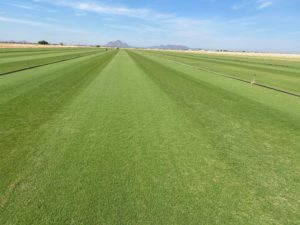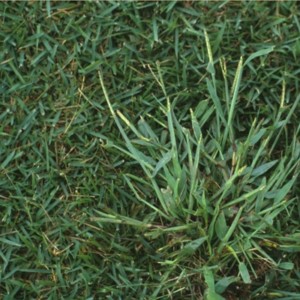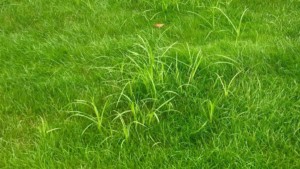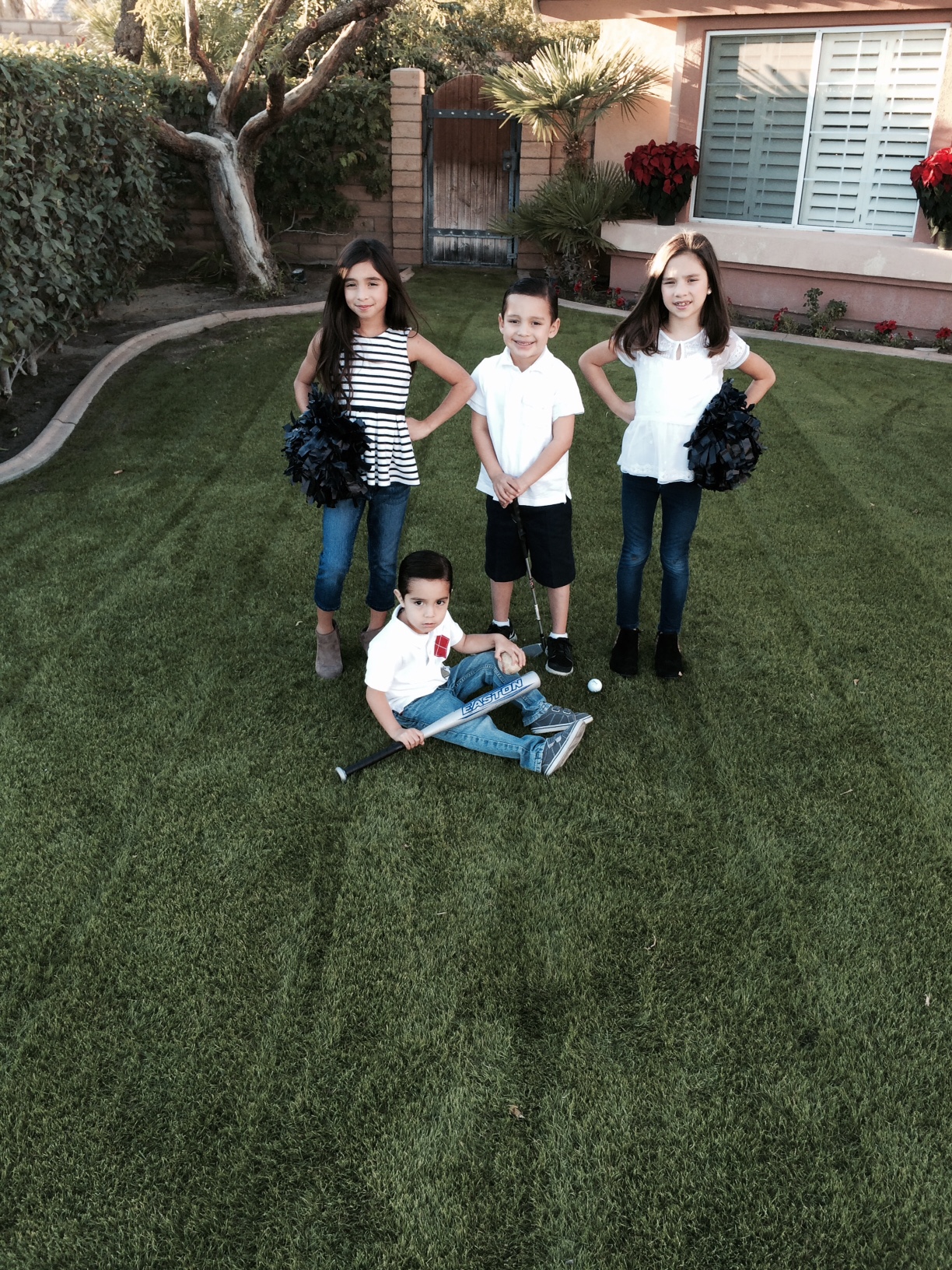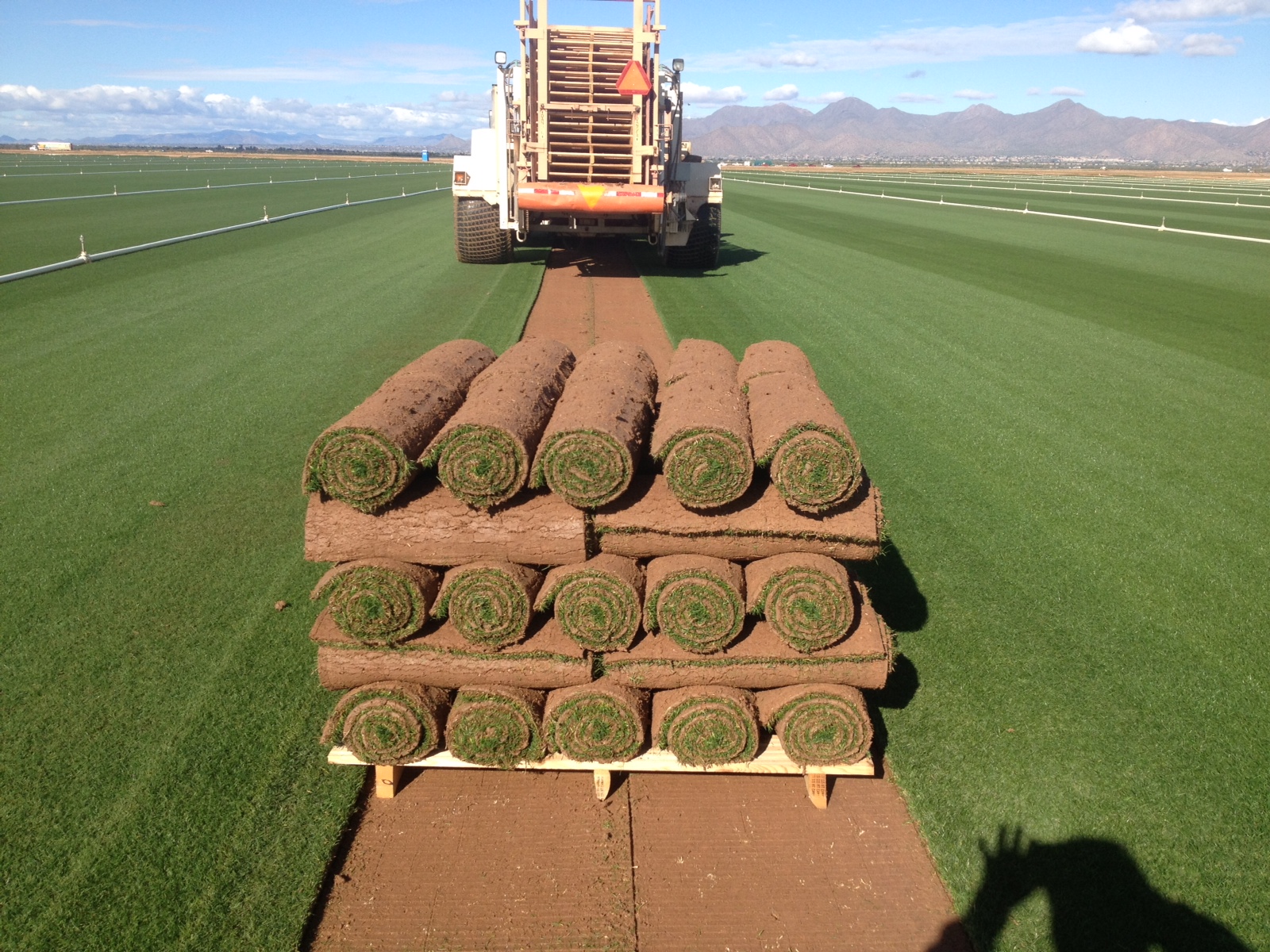Oct
Frequently Asked Questions About Overseeding Your Warm Season Lawn
Now that we’re into October it’s time to get the overseeding of your warm season grass process started. I wanted to pass along some of the most frequently asked questions during this time of the year.
When is the best time to start overseeding?
Ideally overseeding should be done when nighttime temperatures are consistently in the 60’s. Usually this will be in October. There will be some higher and lower than normal temperatures, but anytime during October is good.
How low do I need to scalp the grass prior to seeding?
Height of cut isn’t as important as opening the turf canopy. The shorter you mow the grass, the tighter the turf canopy will be which will result in the need to verticut more aggressively. I recommend not going lower than ½”. There is no need to take the lawn to the dirt or you will cause long term problems to the grass plant.
Sep
Winter Overseeding Your California and Arizona Sod Lawn
We often see overseeding your warm season California or Arizona sod lawn as a process that should be done in a weekend. For some this may be the most convenient way to prep but for others its okay to take a week or two to complete the process. Trying to knock it all out in one weekend can result in some really long days out in the heat. My suggestion is to slowly start the process now so in a couple weeks when the overseed window opens you’re ready to go and won’t be wasting your entire Saturday on the lawn. Remember that the ideal window is when nighttime temperatures are in the 60’s. We’re currently sitting in the high 70’s so I would expect a couple more weeks. To follow overseed instructions scroll to bottom of this blog.
Prepping for overseed is often a large ordeal, but starting the process gradually can eliminate a lot of headaches. I want to reiterate something I have said for the past few years. The height of the grass is not associated with a quality overseed. In other words, scalping the grass down to the dirt does not guarantee good results, but opening up the turf canopy does. The shorter you mow your lawn the tighter the leaf blades become making it harder to get the ryegrass seed into the plant. If the seed is lying on the surface it will be slow to germinate and much of the seed will be lost. The seed needs a base to grow out of, and getting inside the grass plant allows for perfect moisture, heat, and a solid growing medium. This is why it’s so important to have a good warm season grass base. If you have a new lawn or a weak summer lawn it can have a direct impact on your overseed. The seed will establish much faster inside a healthy grass stand than it will on bare dirt.
Comments Off on Winter Overseeding Your California and Arizona Sod LawnAug
Summer Tips for Your Sod Lawn in Arizona and California
Summer is wrapping up, the kids are heading back to school, and I’m sure you’re ready to come out of hibernation. While the summer heat is far from over in Arizona and California, it’s starting to become tolerable outside. With the slightly cooler mornings it’s time to get back outside and get your lawn ready for fall. Most people start thinking about overseeding their California and Arizona sod in September, but ideally you wouldn’t start the process until October when nighttime temperatures get into the 60’s. Between now and then there are some important steps you need to do to get your lawn ready and to save some headaches down the road.
Between May and September you probably noticed your lawn has grown at twice the rate it does during the winter months. Warm season grasses love the warm, wet weather. Most people thought the hot weather would keep the grass from growing well, but remember warm season grasses optimal growing temperatures are between 90-105 degrees. During this season any of your weaker areas should have filled in with the warm season grasses runners. These spots can be slow to fill in during the dry, hot days but as soon as the humidity kicks in the grass really takes off. If you still have large open spots I would suggest picking up a few rolls of sod and patching them prior to overseed. You don’t want to seed directly into the soil.
Comments Off on Summer Tips for Your Sod Lawn in Arizona and CaliforniaJan
Weed Control Tips for Your California and Arizona Lawn
2017 has started out nicely with some timely rainfalls to keep most of you from having to water your lawn. It has also helped us move closer to getting out of the drought we’ve been suffering from for the last few years. The winter storms are helping us replenish our water supplies but they’re also helping germinate all of those of those summer annual weeds in the soil. The good news is weeds are relatively easy to contain. There are some types such as annual bluegrass, crabgrass, and nutsedge that are a little more complicated but timing pre-emergent herbicide applications can save you a lot of headaches with weed control. In this blog I will go over various weeds and some ways to control them as well as discuss herbicide timing.
Weed control management is a function of several different factors but some of the things you can do to keep your lawn healthy are maintain the proper mowing height, don’t overwater your lawn, fertilize monthly, and aerate the turf when the soil becomes compacted. These items right here can be the difference between weeds slowly emerging in your lawn and taking over your lawn. A healthy lawn will push out weeds and keep them to a minimum. If you have very few weeds emerge during the year chemical application is unnecessary and weeds can be pulled by hand as they appear.
Comments Off on Weed Control Tips for Your California and Arizona Lawn
Sep
Fall Overseeding and Your Lawn
The days are getting shorter and the heat is starting to die down a little as we enter the fall season. With fall comes the onset of overseeding in many parts of the country and the West Coast is no different. For those new to overseeding let me give you a brief definition. Overseeding is simply the process of seeding a cool season grass into your warm season turfgrass in order to maintain winter color. This is not a mandatory process if you have grass, but it is one of the options that are out there for homeowners and professionals.
There are a few options during the fall months to take care of your lawn, and without question the most popular is to overseed. Outside of overseeding you have the option of using turf colorant such as Endurant to give your dormant grass a nice green appearance. Or you can just let your lawn go dormant for the winter months (brown can be the new green!). There is no right or wrong approach, so decide what you would like to do as the temperatures begin to drop over the coming weeks.
If you will be letting your lawn go dormant it will stay fairly green until the first hard frost which is around Thanksgiving and will start to green up in late March. If you have a paspalum lawn you can usually get through the month of December with a green lawn and it will start greening up in early March.
Comments Off on Fall Overseeding and Your LawnJun
Spring/Summer Transition and Your Lawn
We all know that transitioning from ryegrass back to a warm season grass is difficult (especially for California and Arizona sod), but throw in some cooler than normal weather and now you have a battle. Every year the producers of ryegrass seed seem to make their seed a little more heat resistant in search of that year round turf. The problem with this is that we’re shortening the growing window of our warm season turf. Not to mention that cool season grasses in the desert areas use much more water than the underlying warm season turf. The solution is to aide your lawn in transition, and to get your lawn free and clear of ryegrass in the next couple weeks.
Before I go into techniques to remove ryegrass I want to make a couple points about how the average lawn looks at this time of the year. We all love our winter lawn for its color, texture, and feel, but it’s important to remember that it puts agronomic stress on your lawn. When you have two different grasses competing for nutrients, water, and sunlight you’re bound to have an “ugly period.” The turf world refers to this as the transition period. This is the period of time when the cool season grass is starting to die off slowly and the warm season grass is trying to emerge. What creates the ugly period is the competition.
Comments Off on Spring/Summer Transition and Your LawnMay
Water Restrictions and Your Lawn. What Now? PART-2
So here we are, May of 2015, and for the first time in many of our lives we are being asked to cut our water usage by at least 25%. As I alluded to in PART-1 of using water wisely (please click here to read PART-1 if you have not already) many people view water consumption solely as an agricultural problem. It is easy to look at the percentages of water used by the agricultural industry and blame them for the water shortage, but have you considered that the real problem lies within us.
Did you know that over the past ten years the agriculture industry has lowered their water use rate from as much as 90% to less than 69% of total water consumed? Again many of you will look at the percentage of water used and say it is still too high, but the homeowner use rate has skyrocketed, while agriculture has learned to adapt and change.
Did you know the average family of four wastes 10,000 gallons of water a year waiting for hot water to arrive to their shower? Right there you can save 6% of your yearly water use. I know we’re supposed to be talking about landscape water rates, but more needs to be addressed than simply blaming one industry. I will be the first to tell you landscape water use rates need to go down. The average household wastes 16,000 gallons of water per year overwatering their landscapes. This is an additional 9% of your yearly water total being wasted. Today I will be giving you directions on how to not only save the 9% of overwatering, but I will also give you ways to save another 10% by watering smarter and using proper agronomic practices. I would be remised if I didn’t say this before I begin. Grass doesn’t waste water, people do. Read the rest of this entry »
Comments Off on Water Restrictions and Your Lawn. What Now? PART-2Mar
Transitioning Your Lawn for Spring
If you have taken a look at the extended forecast you most likely saw that temperatures in the desert areas will be hitting close to 100 this weekend. No one wants to see that in late March unless you’re a sod producer or looking to get your warm season lawn to green up. While it is great for green up, it is still too early to know if this weather will stay or if we will get a minor cold snap. If we were assured that the 90’s were here to stay I would tell you to really start pushing your warm season turf, but it is best to ease into the season until soil temperatures reach 64 degrees.
Either way, transition time is upon us and it is time to start easing into the summer grass season. For people with non- overseeded turf this weather is great news for their lawn, and for others transition can bring a few headaches. I have outlined some simple steps to help you get your lawn to go from ryegrass to bermudagrass without any anxiety.
Comments Off on Transitioning Your Lawn for SpringFeb
WEEDS! Pre-Emergent Herbicides and Your Lawn
Last week it was raining and in the low 60’s and this week we will be pushing the low 80’s. Everyone knows that the rain is great for our lawns but it is also great for producing weeds.
As we move through February it is important to think about your lawn from the previous year. Did you have weed issues? Were you constantly pulling spurge out of the lawn during the summer? Even if you didn’t have a bad case of this last year you should still think about putting down a pre-emergent herbicide. The window to apply these is from now until the end of February. If you miss the window and the seedlings have already germinated you can bet you will be on your hands and knees this summer pulling weeds out of your turf.
Comments Off on WEEDS! Pre-Emergent Herbicides and Your Lawn
Nov
Thanksgiving Tips for Your Lawn
As we approach Thanksgiving it is a good time to start thinking about your winter fertilizer program. In past blogs I talked about getting down a few fertilizer applications prior to the first frost of the year. In general we will receive our first frost sometime between Thanksgiving and the first week of December. The first couple of frosts are usually pretty mild, but as we get deeper into December we will get some hard freezes which will start to affect your roots. Once we get frost all the way down to the roots it makes it tougher for the plant to take up fertilizer so foliar applications generally provide the best response.
For those unfamiliar with why plants freeze let me provide you with a simplistic definition. Water vapor condenses into liquid water and forms ice as the temperature drops at or below 32 degrees. Temperatures on the ground are typically cooler than the air just a few feet above the ground surface. On a clear, calm night with no little wind the cold air sinks to the ground level and while the thermometer may not read 32 degrees or lower, the ground temperature is below freezing. You will notice that when there is a heavy cloud cover there is typically no frost. This is because the grass does not need to emit as much radiation because the clouds reflect the radiated heat. On a cloudy day dew will form on the ground making it very unlikely that frost will form on the ground.
Comments Off on Thanksgiving Tips for Your Lawn
